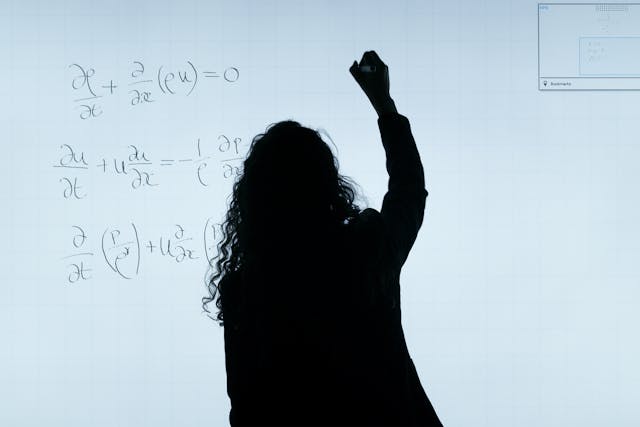AI Tutors: Can They Really Replace Human Teachers?
In recent years, artificial intelligence (AI) has made huge strides in education. From personalized lesson plans to 24/7 homework help, AI tutors are now helping students in ways that were once only possible with human teachers. But the big question remains: can AI really replace human teachers?
Let’s explore what AI tutors can do, where they fall short, and whether they’re a true replacement—or just a helpful tool.

What Are AI Tutors?
AI tutors are software programs that use machine learning to help students learn. They can adapt to a student’s pace, provide instant feedback, and explain difficult topics in simpler ways. Some popular examples include language-learning apps like Duolingo, math platforms like Khan Academy’s AI assistant, and advanced chatbots that simulate tutoring sessions.
These tools are often available 24/7, cost less than private tutoring, and can serve millions of students at once.
What AI Tutors Do Well
1. Personalized Learning
AI tutors can adjust lessons based on how well a student is doing. If you’re struggling with fractions, the AI will give you more practice problems. If you’re breezing through algebra, it will move you ahead. This type of learning is often faster and more efficient than a one-size-fits-all classroom.
2. Instant Feedback
Unlike waiting for a teacher to grade an assignment, AI tutors give instant feedback. This helps students fix mistakes right away and learn more effectively.
3. Accessible Anytime, Anywhere
One of AI’s biggest advantages is availability. Whether it’s late at night or during school breaks, students can get help without needing to schedule a session.
Where AI Falls Short
1. Lack of Human Emotion
AI can answer questions, but it can’t understand how a student is feeling. Human teachers can sense frustration, boredom, or confusion and adjust their teaching style or offer encouragement. This emotional connection is key to keeping students motivated.
2. Limited Critical Thinking and Creativity
AI is great at facts, formulas, and structured tasks. But it struggles with open-ended questions, creative thinking, and classroom discussions. Human teachers encourage curiosity and help students think beyond the basics.
3. Social and Moral Guidance
Teachers do more than teach—they model behavior, resolve conflicts, and build a sense of community. These are things AI simply can’t do. Learning isn’t just academic—it’s social and emotional, too.
Teachers and AI: Better Together?
Rather than seeing AI as a replacement, many experts view it as a support tool for teachers. AI can handle repetitive tasks like grading or reviewing vocabulary, freeing up time for teachers to focus on interaction, creativity, and mentorship.
In this way, AI doesn’t replace the teacher—it enhances the classroom experience.
What the Future Might Look Like
AI tutors will likely become even more advanced, using voice and facial recognition to better understand student needs. We might see hybrid classrooms where AI handles personalized learning while teachers focus on leadership and deeper engagement.
Still, it’s unlikely that AI will fully replace human teachers anytime soon. Education is more than information—it’s about connection, understanding, and growth.

Final Thoughts
AI tutors are powerful tools. They offer flexible, affordable, and personalized support to millions of students. But they can’t fully replace the role of a human teacher.
The best future for education may not be AI vs. teachers, but AI and teachers—working together to help every student succeed.












